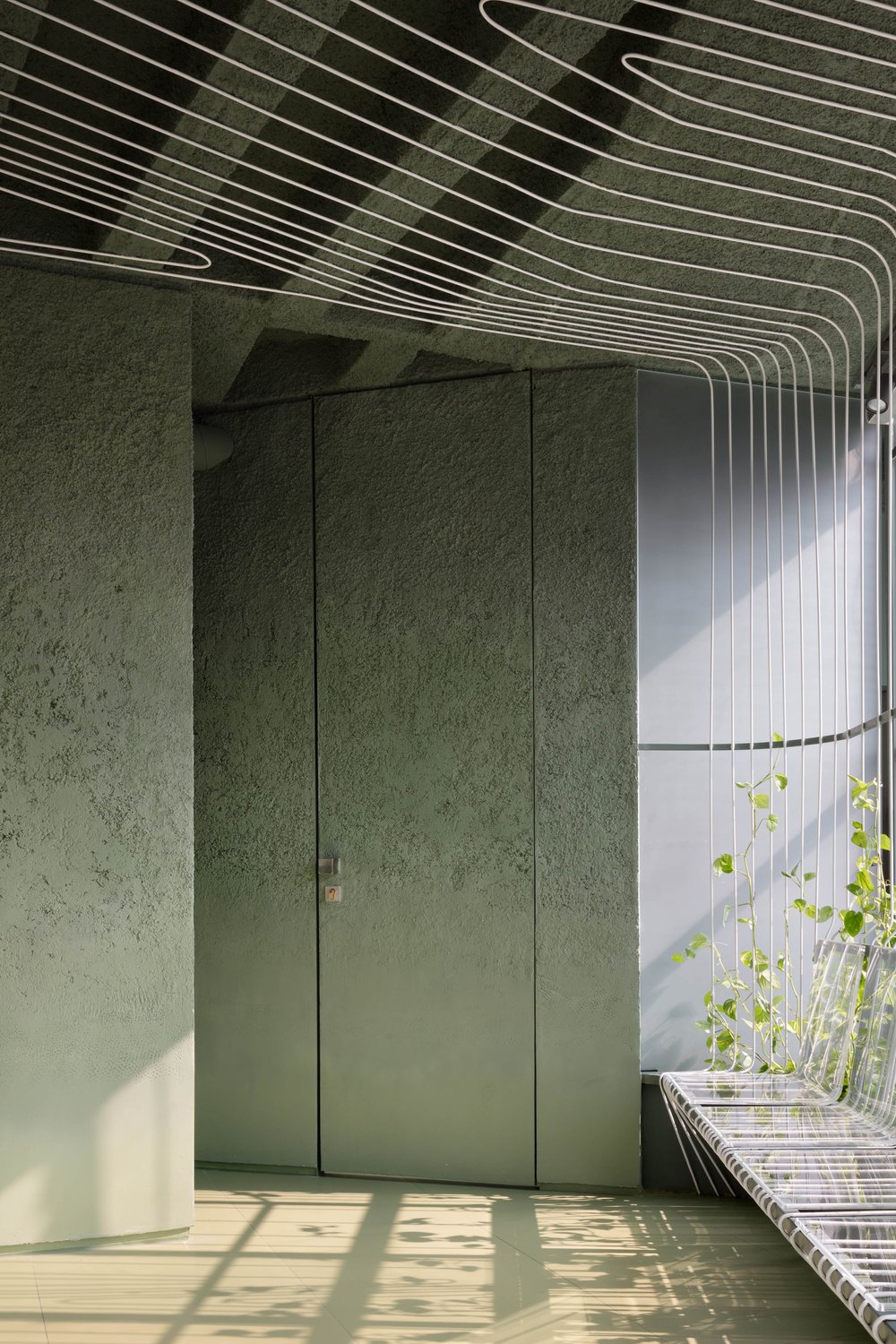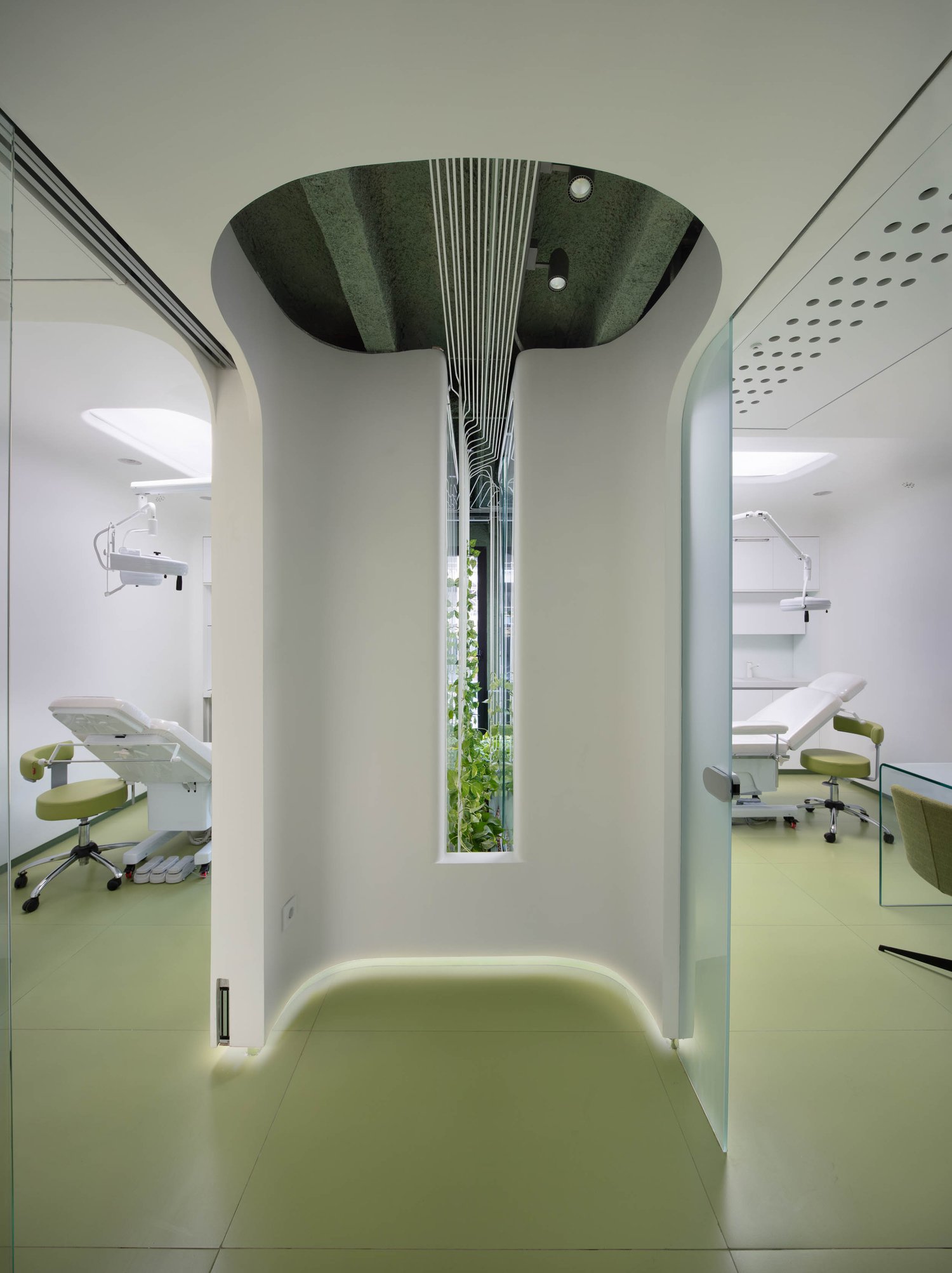Interior Architectural Photography: From Lighting to Storytelling in Interior Spaces
Interior architectural photography not only captures the details of design and structure in interior spaces but also serves as a powerful tool for storytelling and conveying the mood and atmosphere of a space. Using various techniques, lighting, and composition, this type of photography can showcase interior environments in a way that encapsulates complex and conceptual narratives. In this article, we will explore the different aspects of interior architectural photography, from lighting to storytelling through space.
Interior Architectural Photography
Interior architectural photography is a branch of photography that focuses on capturing the aesthetics and functionality of interior design, portraying the interior spaces of buildings from both an artistic and technical perspective. This type of photography is especially important for architects, interior designers, and business owners. The main goal is not just to take accurate pictures, but to create images that can convey the spirit of the space to the audience.
The Role of Lighting in Interior Architectural Photography
One of the key elements in interior architectural photography is lighting. Light not only enhances the beauty of a space but can also create emotions and a specific atmosphere. Proper use of both natural and artificial light can have a significant impact on the quality of the image.
The Importance of Natural Light in Interior Spaces
Natural light is one of the greatest advantages in interior architecture. Well-placed windows and openings can bring natural light into the space, creating a sense of openness and expansiveness. In interior architectural photography, natural light should be used intelligently. For example, photographers can capture different lighting moods by shooting at various times of the day to showcase different attractive lighting effects in the space.
Techniques for Using Artificial Lighting
Artificial lighting is crucial in interior photography for filling shadows and creating variation in images. The use of soft or hard lighting can dramatically affect the emotions and atmosphere of the image. For instance, soft, gentle lighting gives a feeling of calmness and comfort, while hard, directional lighting can add a dramatic touch to industrial and modern spaces.
Combining Light and Shadow to Create Space
In interior architectural photography, the combination of light and shadow is one of the main techniques for creating depth and dimension in the image. Shadows can create striking visual effects and highlight architectural details. This combination gives the space a sense of volume and evolution, turning the image from a simple flat surface into a complex visual experience.
Choosing the Right Angles for Interior Photography
One of the main challenges in interior architectural photography is selecting the right angles to showcase the interior space. Different angles can convey different feelings in the image. For example, shooting from above can display the scale of a large space, while shooting from eye level can emphasize design details and décor.
Selecting Different Angles to Showcase the Space’s Dimensions
In small spaces, using angles that show depth can add more dimension to the image. Using the main lines of the space and positioning the camera in specific locations can have a significant impact on making the space appear larger and more expansive.
Using Lines and Geometry in Space
In interior architecture, horizontal, vertical, and diagonal lines can act as tools for creating visual balance in the image. Photographers can use these lines to guide the viewer's eye and highlight specific elements of the space.
Storytelling Through Interior Architectural Images
Interior architectural photography goes beyond simply recording an image of a space. This type of photography can tell a story and convey emotions and experiences of a space to the viewer. Every interior, from residential homes to office spaces, can have a unique story, which is revealed through the careful selection of details and showcasing specific features.
How a Space Can Tell a Story
The interior of a space can evoke various emotions, such as comfort, energy, or even calmness. Interior architectural photographers can communicate these emotions to the viewer by carefully selecting design elements like furniture, colors, materials, and light. For example, a calming space might be showcased with soft lighting and neutral colors, while an energetic space might be depicted with vibrant colors and varied lighting.
The Impact of Design Details and Elements in Creating Narrative
The details of a space, including furniture, décor, and even the smallest elements, can greatly influence the narrative of an image. For example, modern, simple furniture might suggest simplicity and functionality, while opulent décor could convey a sense of luxury. When chosen thoughtfully, these details contribute to the storytelling in interior architectural photography.
Using Colors in Interior Architectural Photography
Colors have a profound impact on the emotions and perception of a space. In interior architectural photography, the use of warm and cool colors can evoke different feelings. For instance, warm colors like red and yellow can create warmth and intimacy, while cool colors like blue and green can convey calmness and coolness.
Challenges and Key Considerations in Interior Photography
Interior architectural photography presents unique challenges. One of the greatest challenges is managing reflections and avoiding visual issues that may arise in spaces with glass or glossy surfaces. Additionally, working with small dimensions and space limitations can also present difficulties for the photographer.
Conclusion: The Connection Between Interior Architectural Photography and Space Design
Interior architectural photography goes beyond capturing beautiful spaces. By using various lighting, composition, and color techniques, it can tell compelling, meaningful stories about different environments. This type of photography not only helps interior designers and architects showcase their work in the best possible way, but it also allows viewers to understand the emotions and unique experiences a space offers through images.



Comments
Post a Comment